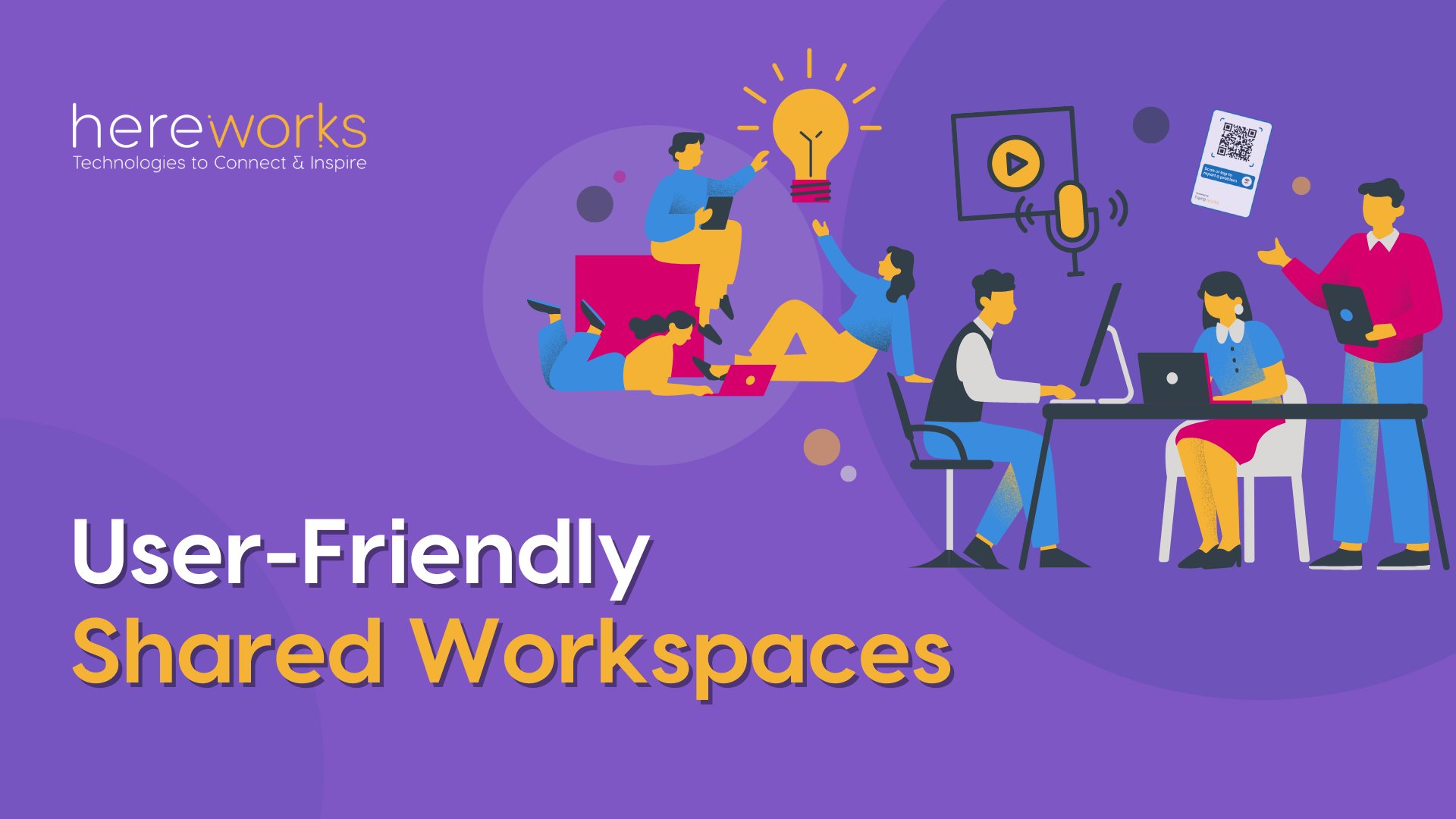How screens and technology are central to our Happiness at work.
We’re no longer afraid to act the eejit on a Zoom meeting
The video conference has become a place where we are relaxed and authentic. Most of us have become comfortable enough to remove the filter, and it’s not as important to tidy up or dress formally for meetings. The fear of judgement is gone; we laugh, shout, get annoyed and act the eejit just as if we were meeting face to face. The screen is the interface between humans and the technology that allows us to meet, collaborate, ideate, manage and complete myriad daily actions.
Technology is ubiquitous
Most of us at work have at least 3 screens on our desk at a time (phone, laptop, monitor). People bring their screen (phone) with them to the bathroom. We ‘second-screen’ with phone, laptop or ipad while binge-watching Netflix. The idea of the Screen-Centric Future was first predicted by world renowned researchers at PARC (Palo Alto Research Center) in the 80s. There is now a fundamental technology-centric transformation underway both inside and outside the workplace.
Technology-centred IS human-centred
Workplace design has always aimed to be human-centered. However, as technology is now so deeply integrated in the workplace, getting valuable information about how technologies are integrated into work may help shed new light on how people really work – what motivates them, what keeps them loyal, what makes them more productive. This thinking led us to our research hypothesis, which uses the data collected by the technology to measure workplace happiness.
Measuring Happiness at work using technology
The Hereworks Happiness™ Score is a percentage score for large/mid sized office environments where hot desking is in use. The goal is to achieve 100% happiness for the building and hence ensure the wellbeing of occupants while operating at maximum efficiency and minimum carbon emissions. The happiness score is a function of metrics such as energy use, heating/cooling, air quality, natural light, cleanliness, amenities – and many more. The aim is to achieve 100% on each score to achieve the goal of comfortable, engaged, productive people. Have a look at the Happy Buildings page to find out more!
Categories
Share this article
Feature Posts





